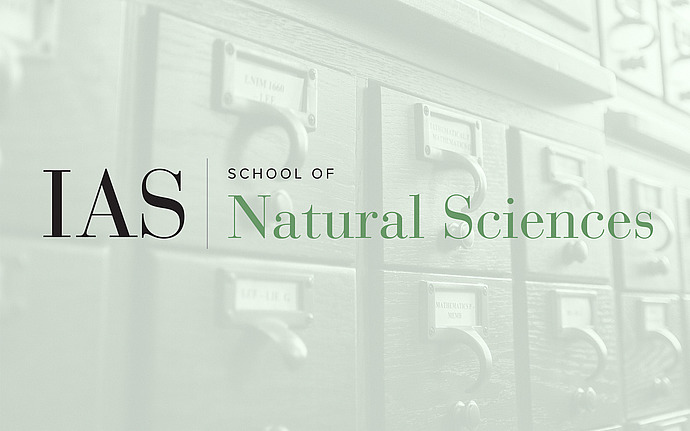
Institute for Advanced Study / Princeton University Joint Astrophysics Colloquium
The Inner Workings of Starbursts
Starbursts are a rare phenomenon in the present day universe, but they represent perhaps the most common mode under which stars form and galaxies grow during the z~1-2 peak of cosmic star formation activity. This mode of star formation is not a simple scaling of what happens in typical molecular clouds, but represents a much more efficient manner of converting gas into stars likely through the formation of massive clusters. The resulting feedback in the form of galaxy-scale outflows is, together with AGN, thought to be one of the main forms of regulation of galaxy growth. I will show the analysis of recent, high resolution observations of three of the nearest starbursts: NGC253, NGC4945, and M82. I will first discuss the properties of their galactic molecular outflows, including our best constraints on the mass and outflow rate, and the properties of the molecular gas. Then I will focus on the results from high-resolution observations which reveal a dozen compact structures with properties corresponding to massive young star clusters and super star clusters (SSCs), most of which are so embedded that are invisible in optical and NIR observations. Finally, I will present the analysis of 0.5-pc resolution observations of NGC253 which reveal feedback and disruption on the scales of these clusters, I will discuss the properties of these "cluster-scale" outflows, and I will compare them to theoretical expectations.